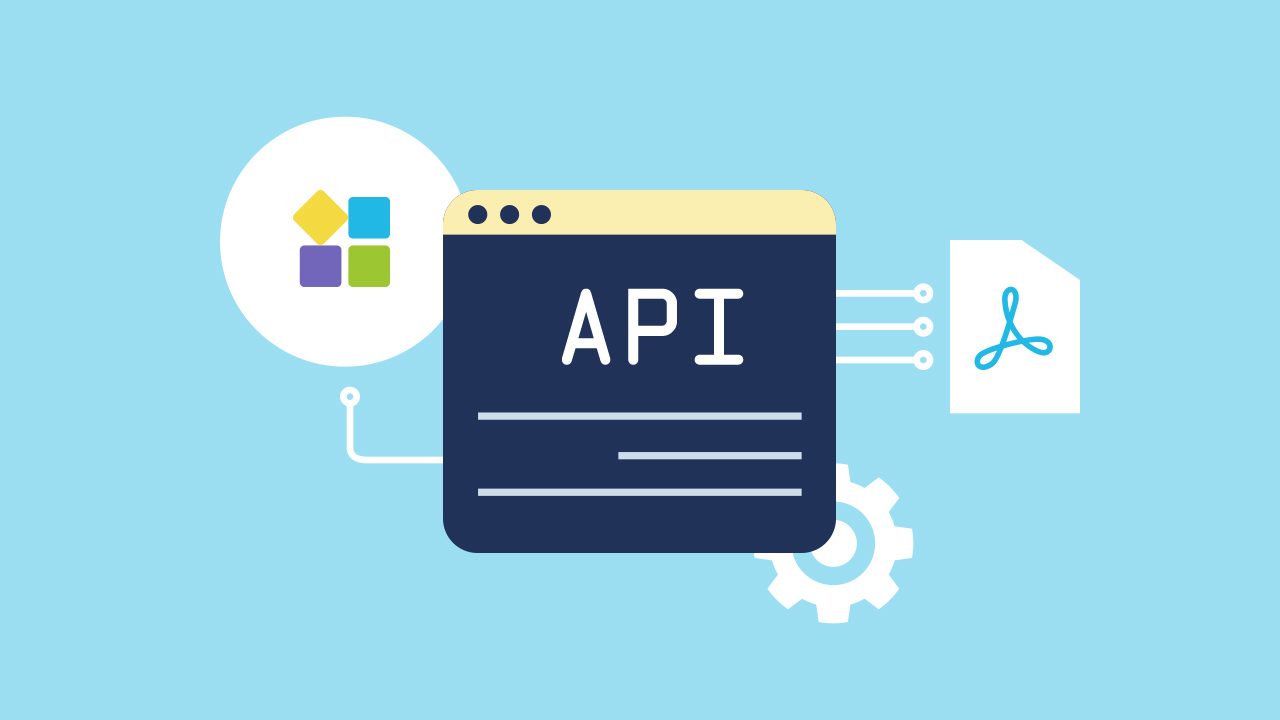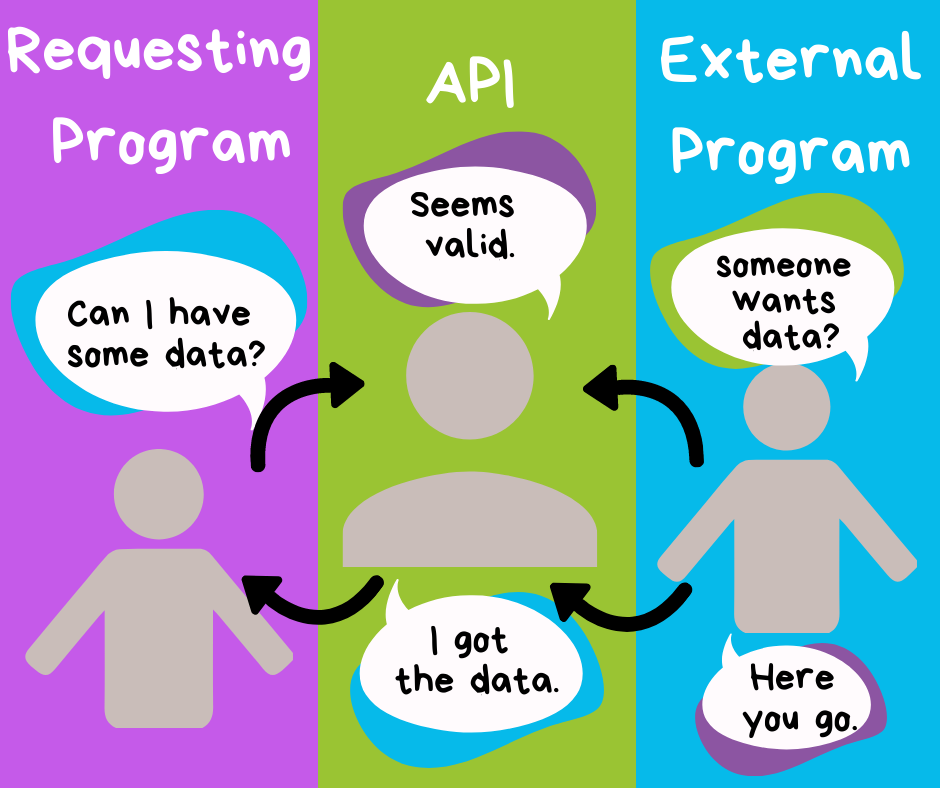
Today, every single software has been benefiting from the large advantage of APIs (Application Programming Interfaces). Because of the API, the performance of applications and web systems becomes seamless and more convenient. Our online forms here in PlatoForms are equipped with API for PDF forms–allowing you to streamline your form usage.
In this article, we will talk about how API integration works, and how helpful it is in automating your PDF usage.
Table of Contents
2. How does an API integration work?
3. Why is API integration important?
Read more: How API Boosts Your Business
What is an API?
Although it sounds a bit technical, Application Programming Interfaces (API) is not rocket science. In simple terms, API is the messenger between computers and computer programs. Because of APIs, two applications can connect and talk to each other. Today, it is possible for clients to request information from an application–allowing the app to pass this information to the API. The API then translates this information into more understandable and easier data. This data is what’s being shown to users.
How does an API integration work?

You might not know this, but you are using an API every day.
An easier example is when you’re ordering food online. To order food, you need to go through the online menu to choose the food you’d like–add some sauces, side dishes, or customize a meal. To complete an order, you interact with the restaurant’s website to access their database, seeing which food is available, or which drinks are the most expensive.
However, ordering food from the restaurant’s actual website is getting uncommon nowadays. Instead, we use third-party applications like FoodPanda, GrubHub, UberEats, and more. In this case, these apps talk to the restaurant’s API to gather the information that you need. As you choose from the food options, the API then translates the information it is getting from the restaurant’s website to send you the most updated information.
Why is API integration important?
Without API integration, it might be hard for us to comprehend raw and technical data–this is just one of the main advantages of API integration with apps. However, there are tons of benefits from API integration–and here are some of them:
- Eliminates the manual
Because of API’s communication to applications and programs, humans can finally get rid of manual processing of information. APIs talk to apps to make sure the information is updated and correct, all within seconds.
- Fewer errors
API integration doesn’t make mistakes like humans do–it only translates relevant and correct information. Because of this, humans can make sure that the information they’re seeing is accurate.
- Monitor data
APIs provide visible information about data and how it’s being communicated with each other. Because of this, you can monitor the data easily and know if everything goes well as expected.
- Secured data
Because API talks to programs on your behalf, it only shares a small piece of data–allowing you not to share a lot of information. You pick the food you’d like from the menu, API gives you what you need, and in return, you will get the food–no unnecessary info or confidential data.
Examples of API usage in our daily lives
- Paying with PayPal
Ever used PayPal as your payment method? Then you’ve used API. PayPal’s payment functionality is built with APIs to secure the process of end application. Whenever the user clicks “Pay with PayPal"button, the app sends an “order” request to PayPal’s API to send the amount and information of buyer. The API is also responsible of payment confirmation back to the PayPal app.
- Travel booking
With the help of third-party API, travel booking websites can show thousands of flight bookings and destinations that provides the cheapest deals. To add, booking on these flights uses APIs to confirm the trip to the provider.
- Weather snippets
Through API, we’re able to see the weather data everyday. Since Google doesn’t have a business of weather data yet, third party APIs are responsible for weather snippets and its latest details.
PlatoForms API integration with PDFs
Here in PlatoForms, we make sure sure that our pdf integration enables you to simply connect with the tools that you need when you’re using your online forms. Built not just for convenience, your organization can finally have a streamlined and productive process. Our restful APIs in PlatoForms allows you to do more with online forms:
- Submit your workflow
- Submit the forms
- Pre-fill the forms
- Download data from a submitted for
- Download PDFs
- Build a white-label product: Our PDF integration with API allows you to send PDFs that include your custom domain.
Benefits of API integration for PDF online forms
- Saving money
Because of API integration with PDFs and other tools, you can save money from the time-consuming and long manual labor of transferring data. Now, you don’t need another host to get the data you need–API does the wonders of transferring the information to you.
- Providing flexibility
Our API integration with PDFs enables you to connect with any in-house system programs such as CRM. With the CRM of your choice, you can fully integrate your online forms from PlatoForms and manage them with CRM.
- Increasing productivity
Our restful API allows you to do more tasks including submitting forms, retrieving data, and downloading PDFs. This can benefit you and your organization by increasing productivity and achieving tasks.
- Improves workflows and operation processes
Our API for PDF forms improves your workflow! With API, you can create PDFs, auto-populate them, and submit them. For example, you have an excel sheet that contains customer data such as the name, address, phone number, and more. With our API for PDF forms, you can use this to create a PDF for each field. This allows you to have an easier and time-saving process.
- Enhances Customer Experience
Since API enables you to complete more tasks, allowing your customers to have a smooth and faster process.
Complete PDF forms online with the power of restful API with PlatoForms
PlatoForms is a PDF form filler app that provides PDF forms powered by restful APIs. Know more about how our software can help your organization with our API integration. Refer to our API documentation here.




